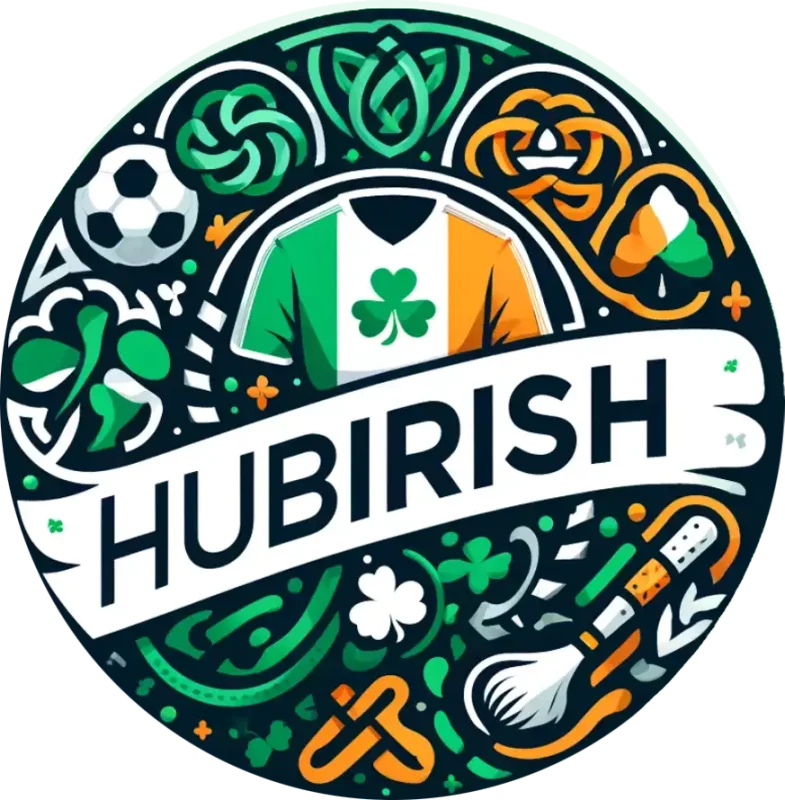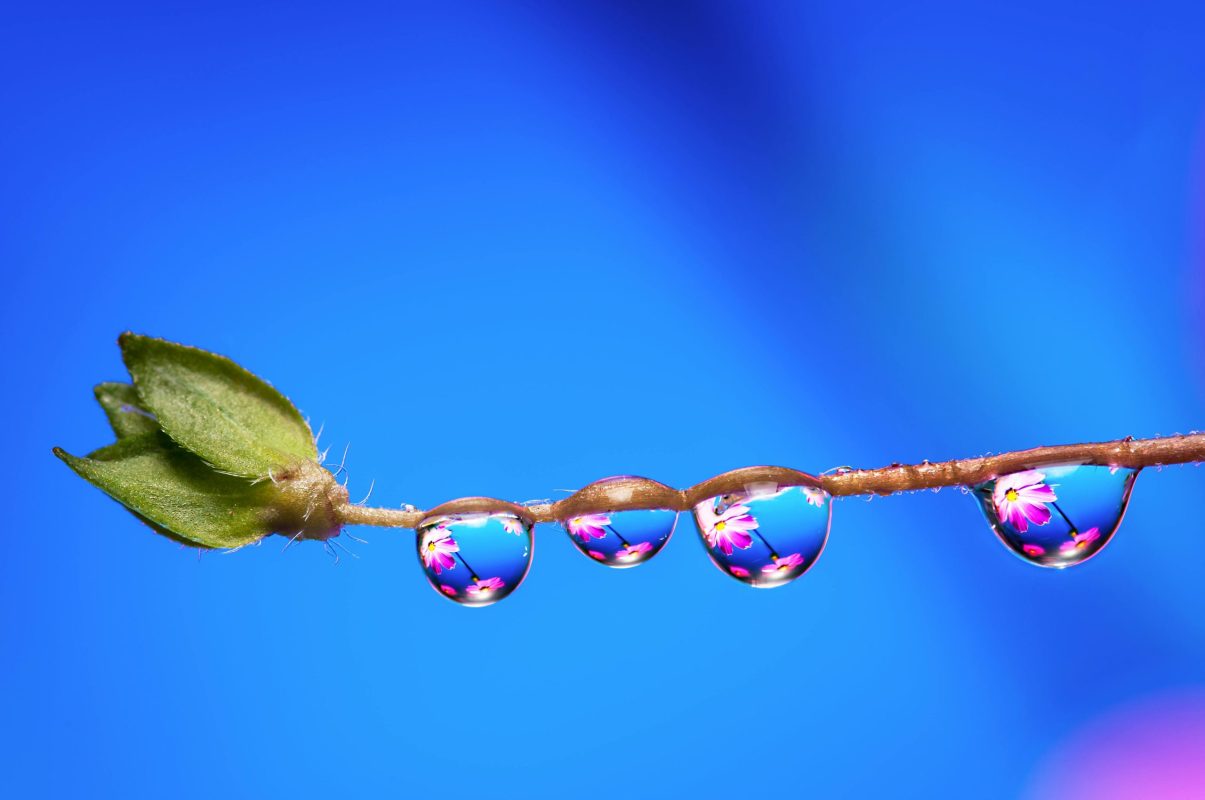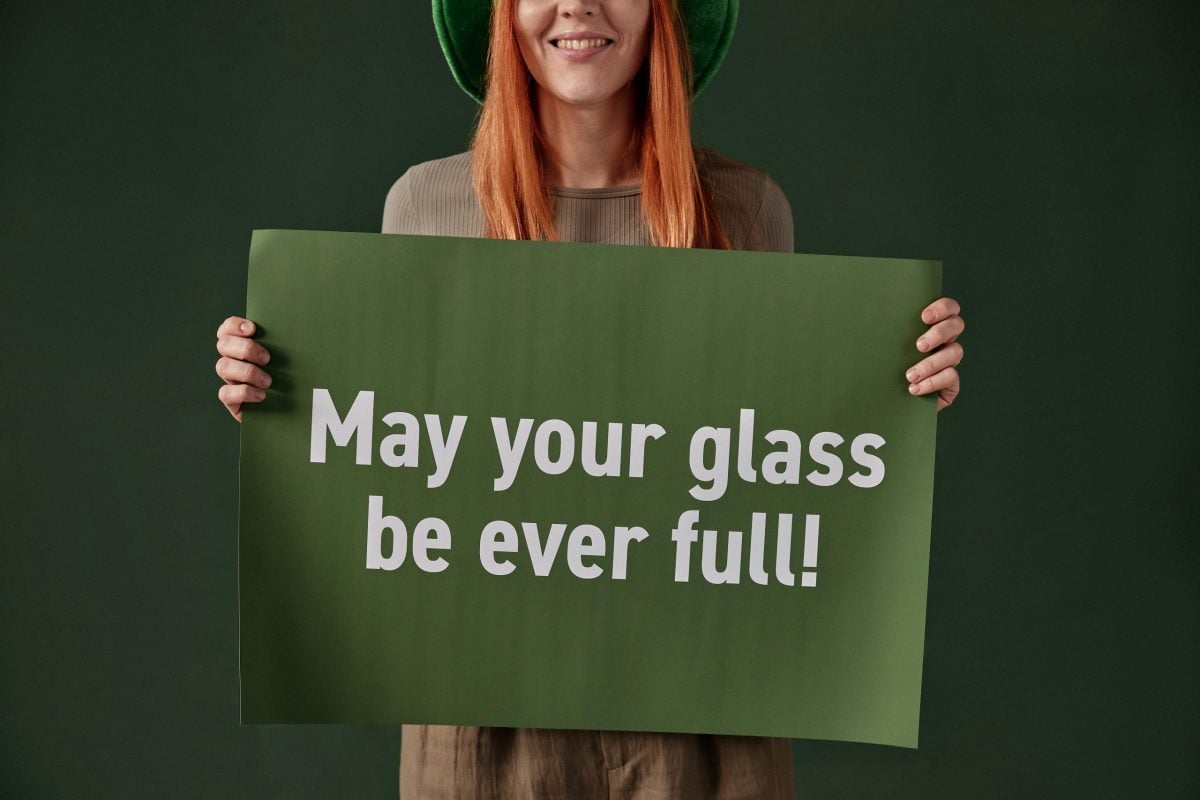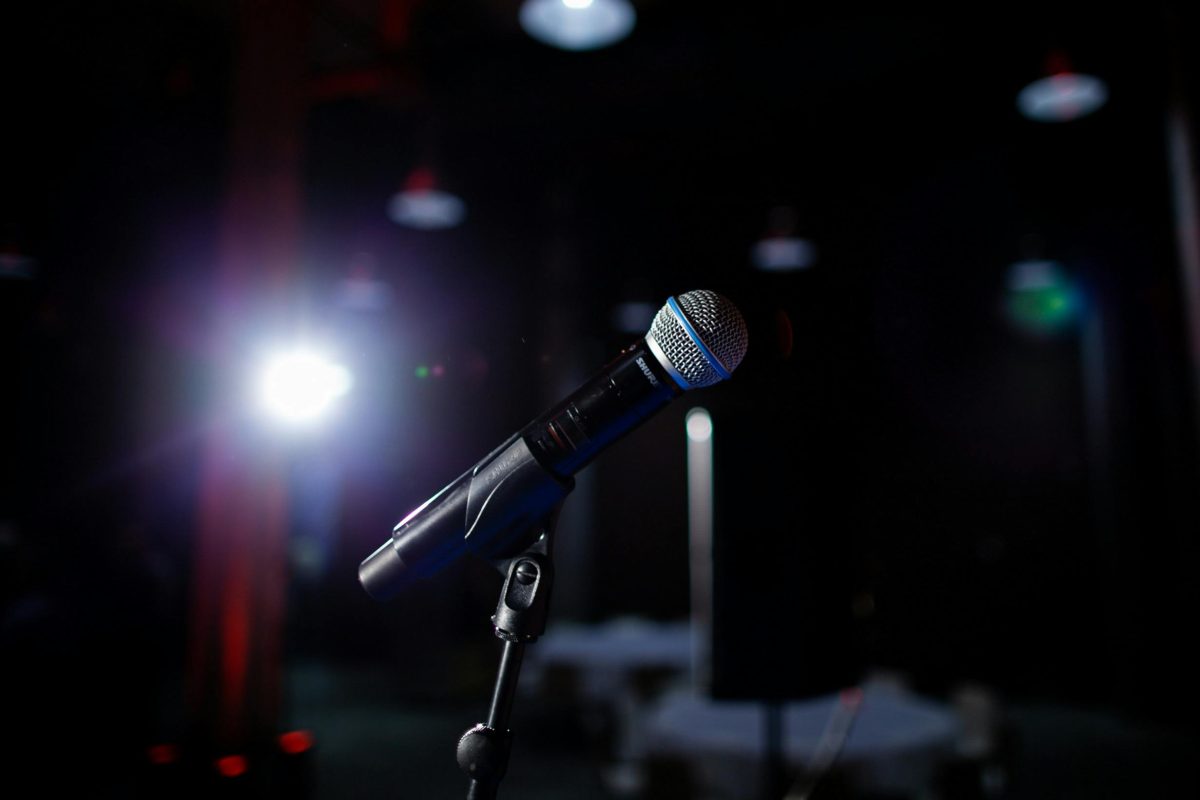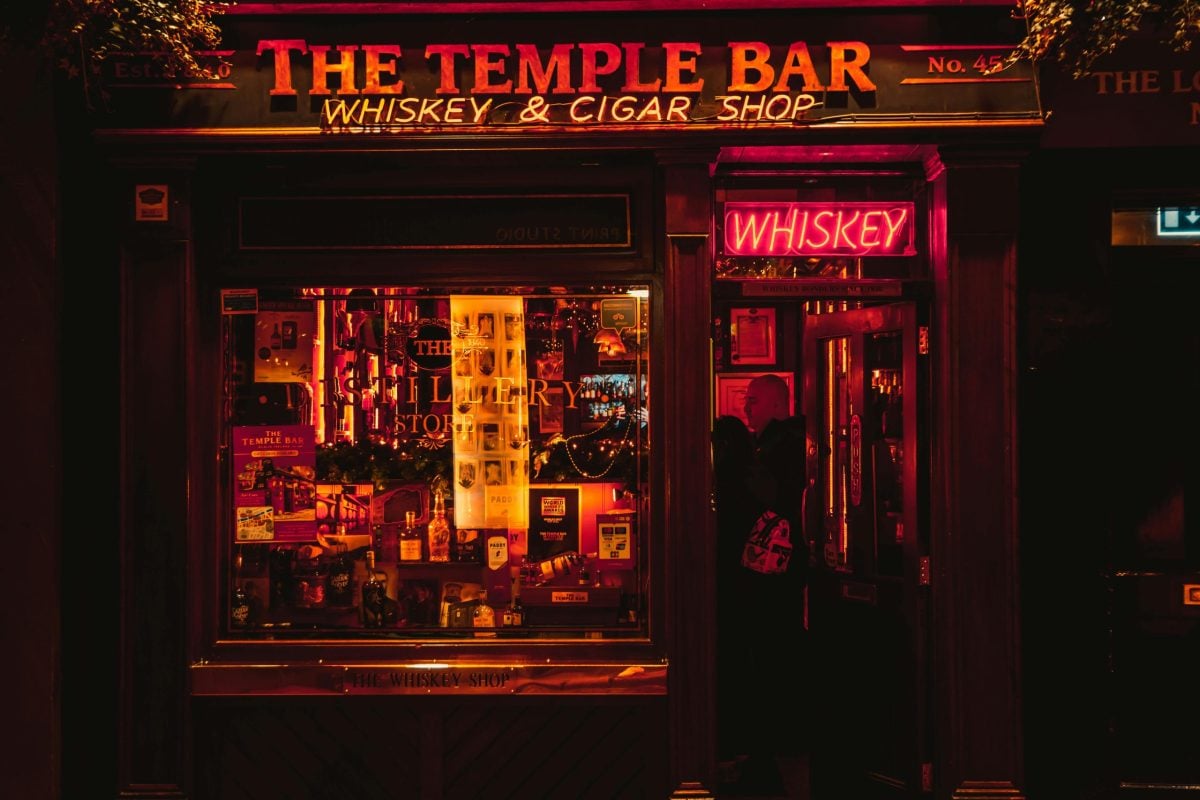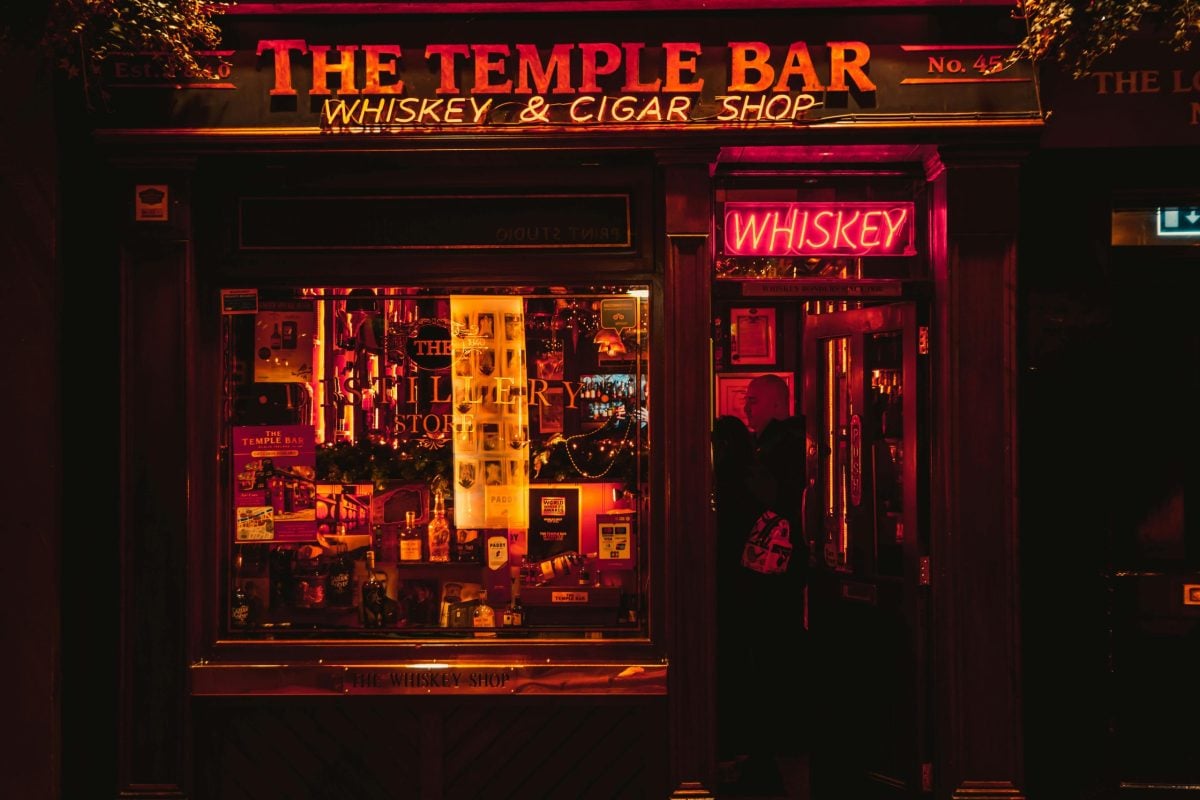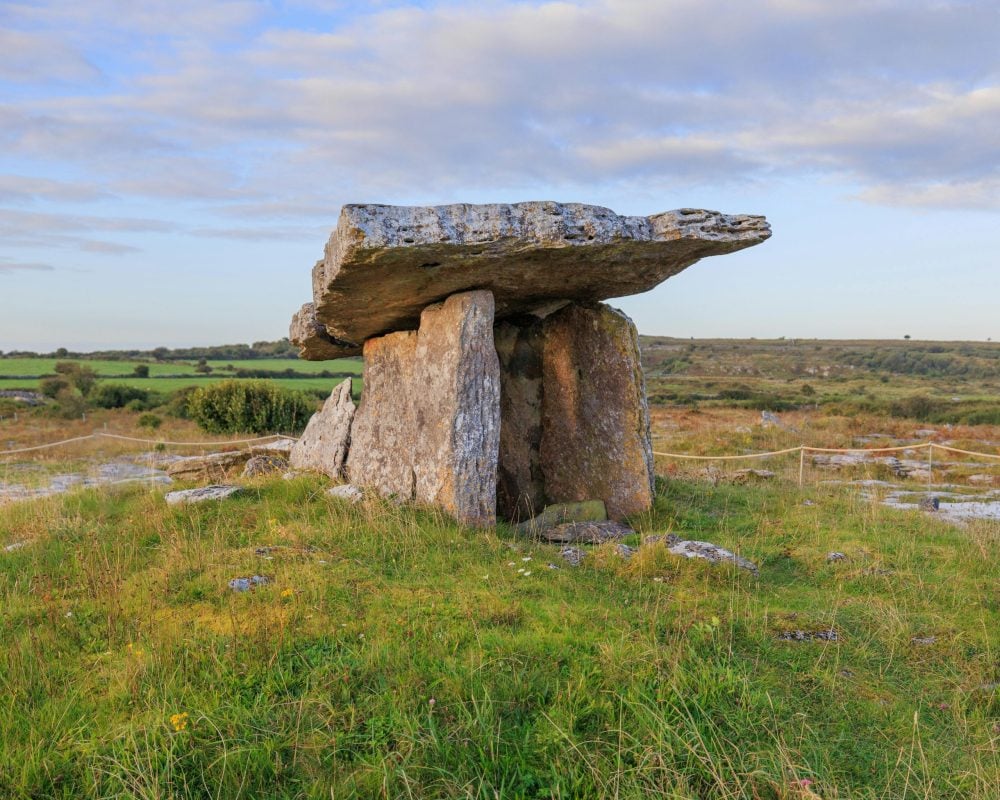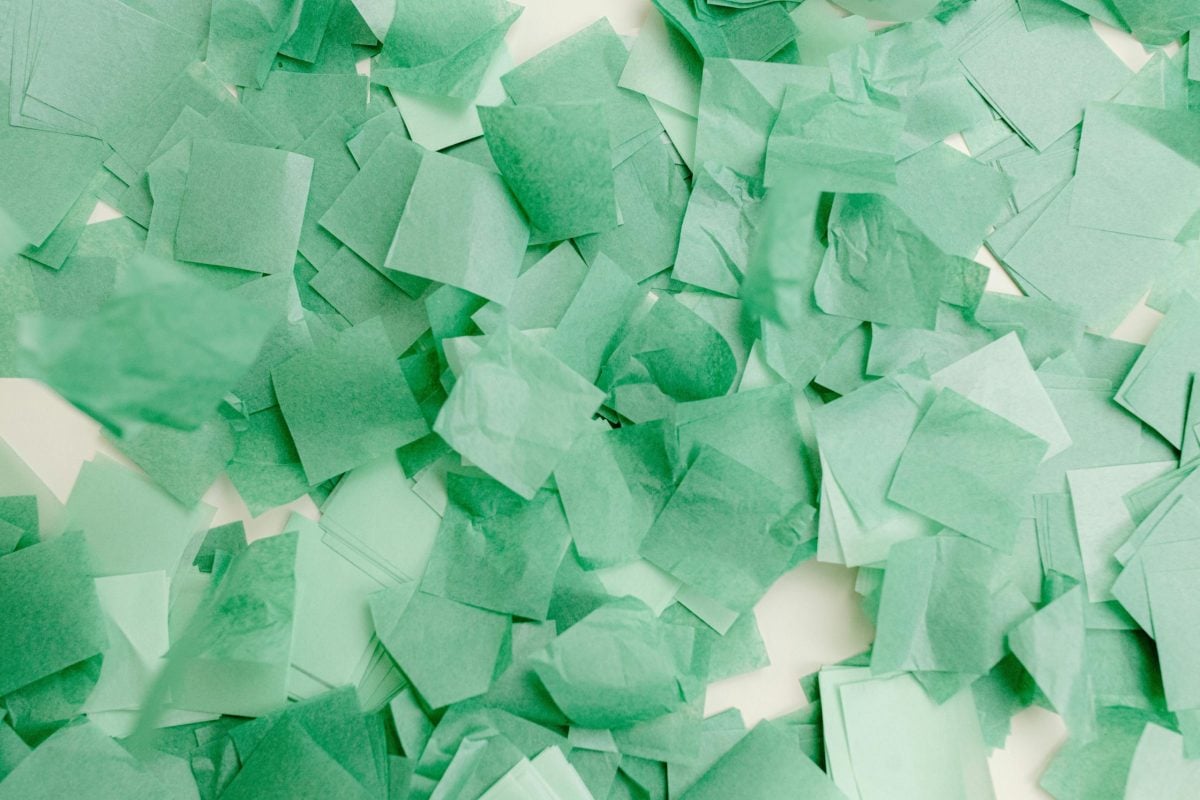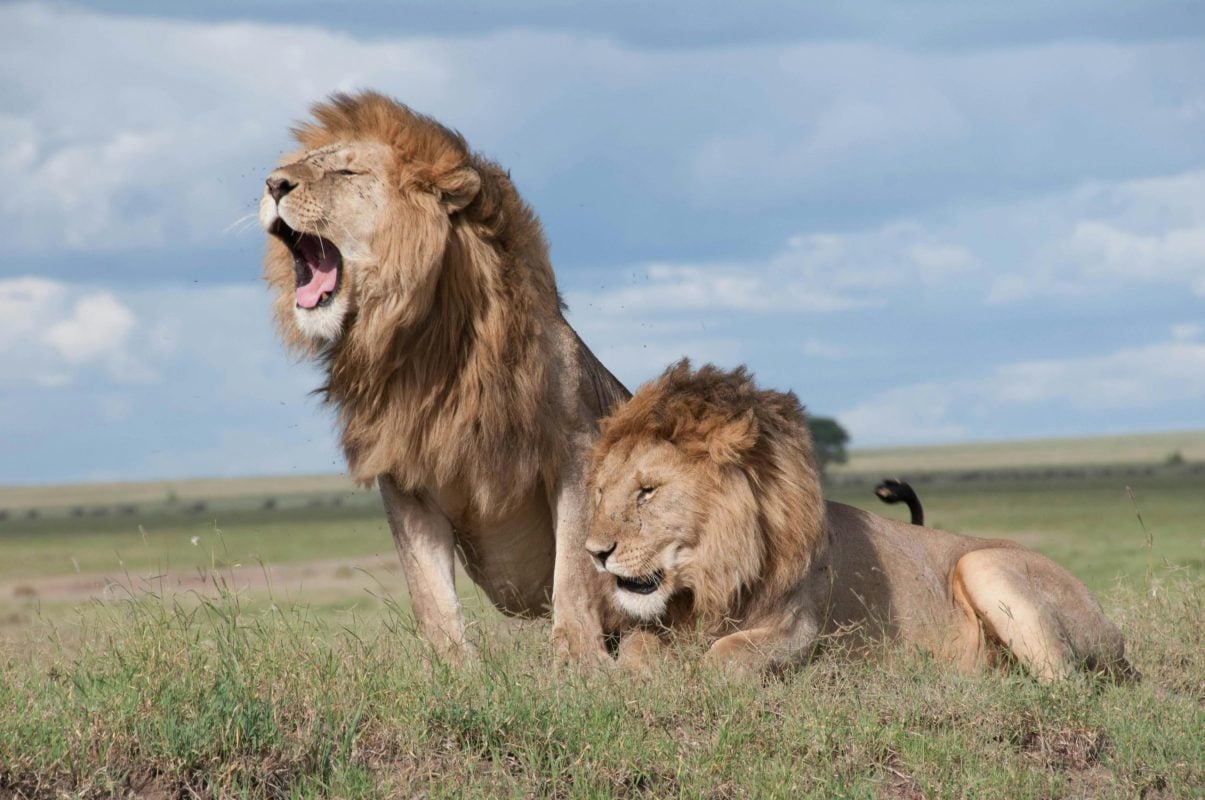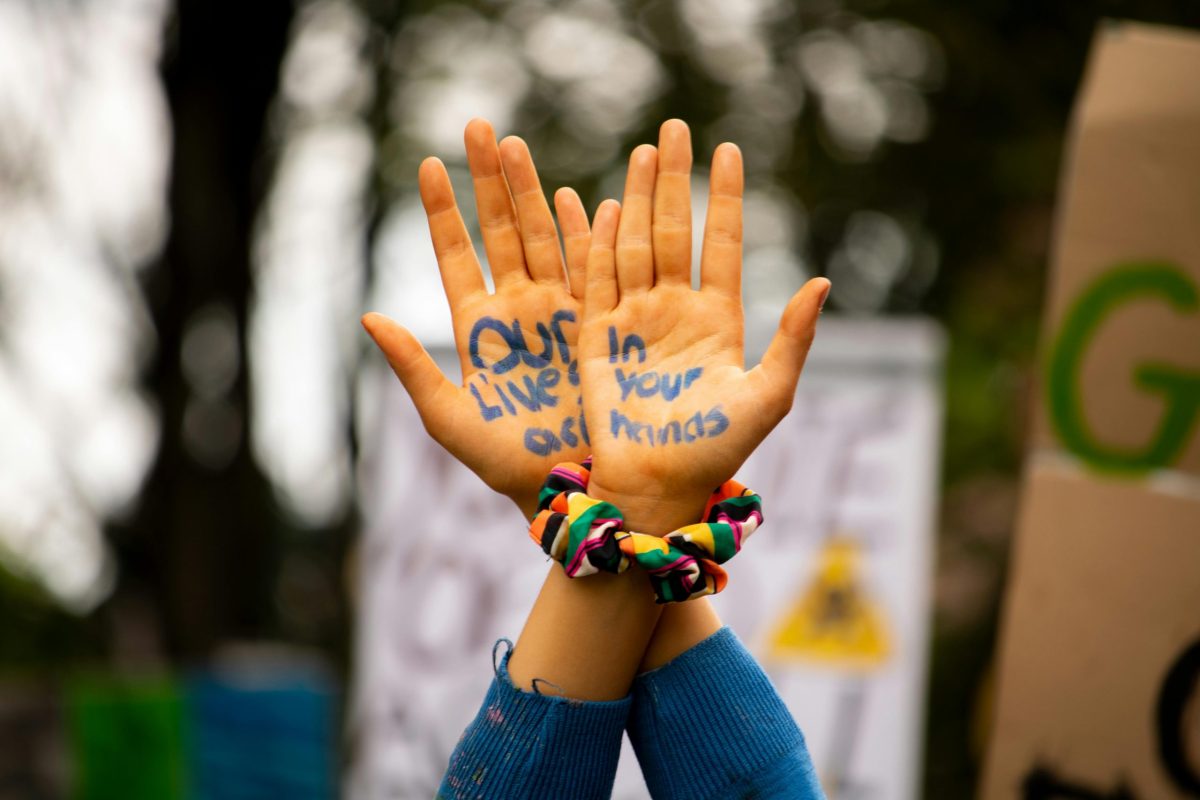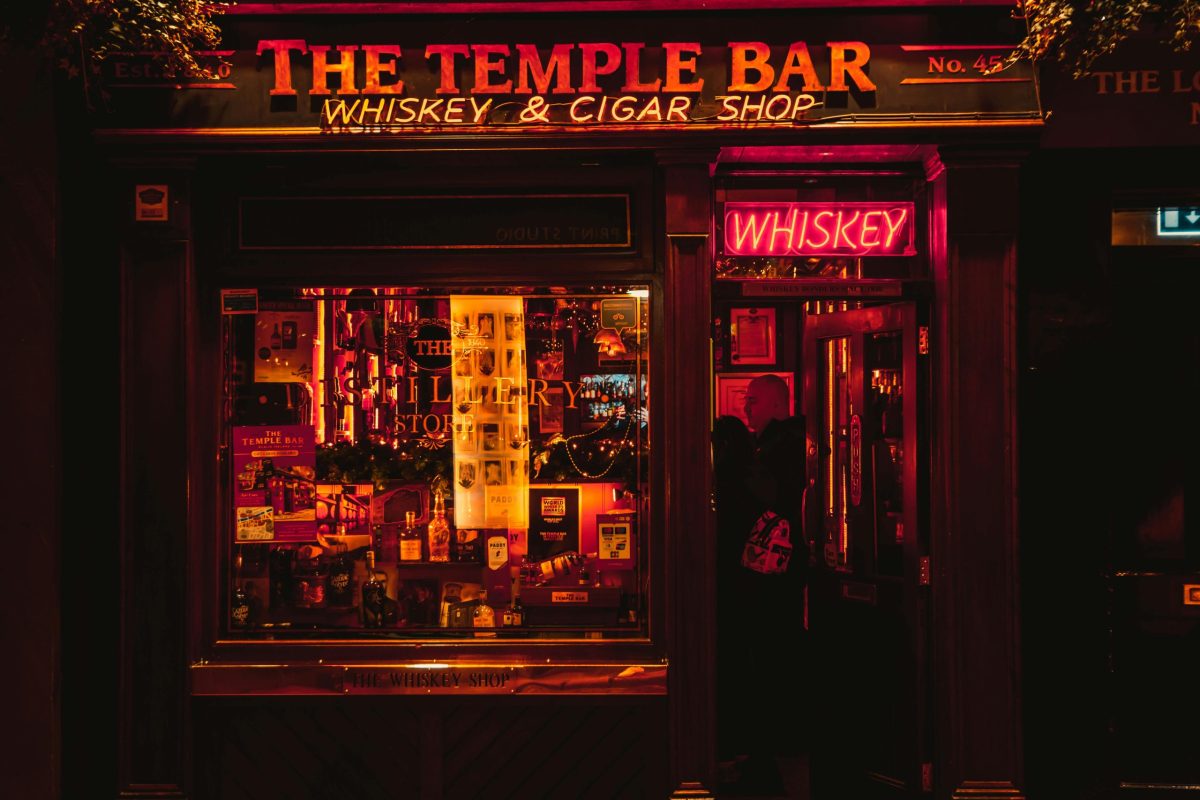handlebars
Estimated reading time: 7 minutes
- When you see a bike in Ireland
- I grew up on two wheels
- Yet, the beauty of life here
- Today, as I drink a pint in a pub
- Did You Know?
- FAQs
- Final Word
When you see a bike in Ireland, you might think of heart-stopping descents on craggy roads, or perhaps the impromptu races along quiet laneways after a few pints. But beyond the pedals lies a deeper connection—one that embraces freedom, nostalgia, and the relentless winds of Irish change.
I grew up on two wheels, the sharp corners of my town following each twist and turn of the handlebars. There was something almost sacred about leaning into the curves, letting the bike carve through the summer air while the ghost of a GAA match echoed in the distance. We were quick, but we were not careless; every spin was a dance with danger on those tarmac ribbons that wound their way through grazing fields and whispering trees.
Back then, our trusty bikes weren’t just transportation; they were an extension of our wild spirits. It was on those handlebars that we learned to escape. In the mornings, school loomed like a black cloud, but by evening, it was just us against the world—pedaling hard down the road, letting the wind whip our hair like battle banners. There was a sense of camaraderie, an unspoken pact, where every pedal stroke represented freedom and every missed pothole was a victory dance over impending doom.
Yet, the beauty of life here isn’t without its shadows. Just as triumphs of our GAA heroes fill our hearts with pride, so too do tales of heartbreak live on. I recall one summer when whispers of a tragic accident filled our village, a sobering reminder of how fleeting moments can be—like the twinkle in your eye when you spot a shining hurling ball, only to see it tumble away as you collide with the ground. Please God, the scars remain stories, not lives taken.
The bike became the healer for many—a refuge in a world too often painted grey. When the storm clouds came and the fields turned to mud, we would still race, seeking laughter amongst the echoes of history that clung to us like fog. Those handlebars, worn and splintered, carried our hopes and dreams, even our silent screams. They held the stories of our grandparents who once pedaled along those same dusty paths filled with determination, fleeing either from or towards something greater than themselves.
Today, as I drink a pint in a pub crowded with both new friends from places far and wide, and loyal locals carrying the weight of their counties’ stories, I am reminded of how our lives intertwine. You might spot a tourist donning a Mayo jersey, the pride a clear sparkle amidst a pint of stout, or a long-lost Derry lad back home, reminiscing about fair tales at the bends of our beloved lanes. We come together, linked by our handlebars in a world that feels ever more disconnected.
Whether it’s the cadence of the cycle paths in Dublin, where you share the road with yellow buses and joggers alike, or the lonely and rickety trails of the Irish countryside where the air prickles sharp against your skin—the bicycle remains a motif of freedom and community. And maybe that’s all we really seek, a connection to the earth, to each other, as we turn those handlebars of life together.
Did You Know?
- Legends say the bicycle was invented in the early 19th century but became truly embraced in Ireland during the GAA’s early years in the 1880s, connecting communities nationwide.
- The legendary St. Brendan the Navigator is believed to have ridden across the waves long before Christ, which some say might have been the inspiration behind our bikes: bridging distances no man had yet crossed.
- Collectively, Ireland produces over 200,000 bicycles annually, with the country’s cycling infrastructure continuously improving, inspiring both elite and everyday cyclists alike.
FAQs
What are some popular cycling routes in Ireland?
You can explore scenic routes like the Great Western Greenway in County Mayo or the Ring of Kerry if you want to see the lush hills of our countryside. For gear and jerseys that reflect your journey, visit HubIrish.com.
Where can I find unique Irish-themed cycling apparel?
There’s a wondrous collection waiting for you at HubIrish.com, where cycling and our brilliant heritage meet through jerseys that tell stories.
Final Word
In a world spun with chaos, our bicycles remind us to seek connection, to feel the wind against our skin, and to cherish the friendships forged along those winding roads. If you carry the same pride we do, you’ll find a piece of home waiting at HubIrish.com.
